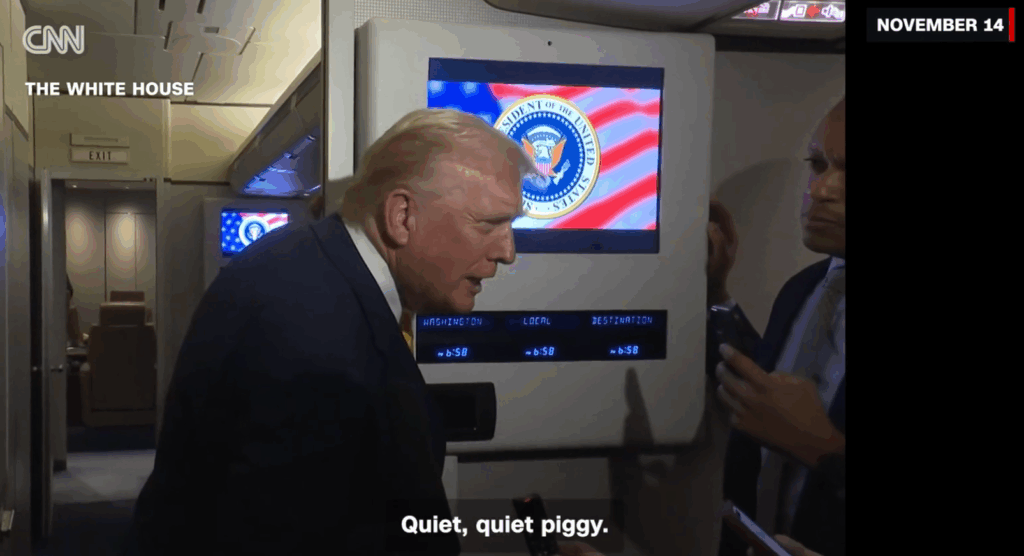
Social networking is about to get smaller.
As consumers (and brands) flock to MySpace, YouTube and other social-networking sites, smaller niche networks are sprouting up, connecting tightly defined groups from tennis players to U.S. business executives traveling to China.
It’s one of the trends that Trendwatching.com founder Reinier Evers highlighted in his keynote presentation at PROMO Live on Wednesday.
Social networking is part of younger consumers’ constant need to be connected to friends—what Evers calls “online oxygen.”
“Young people are so addicted to being connected online, they need it like oxygen,” he told the crowd. “Do you think I’m overstating that? Well, what do you do if your Internet connection is down at work?
“Everything happening online right now is about others, about connecting to other people,” he went on. “New gadgets are all about being connected to friends 24/7; it’s like you’re subscribing to your friends. It puts MySpace in your pocket.”
Evers mentioned KLM Airline’s China Club, which connects travelers who do business in China, and an indy site that connects tennis players seeking partners for games on the road.
Such niche social networks are attractive to marketers seeking new ways to reach a targeted audience: “Brands want to get in, but they need an invitation,” he said. Brands’ opportunity is to feed consumers’ penchant for information, what Evers calls “infolust.”
“Brands can provide much more information than they think they can, if they make it relevant,” he advised. For example, Sony partners with hotels to loan out Wi-Fi connected digital cameras to families who can snap pictures, then e-mail them to friends while on vacation. It’s what Evers calls “tryvertising,” getting people to try your product in an appropriate setting.
Evers also urged brand marketers to “start a conversation” with consumers to juice marketing and product design, citing a Netflix offer to give $1 million to the consumer who can design a better way to let users browse movie titles using other members’ recommendations.
That notion of co-creation echoes the sentiment expressed by Procter & Gamble CEO A.G. Lafley and a handful of leading CMOs at last week’s ANA Annual Conference, that marketers should cede some control to consumers. But Evers addressed it on a global scale: “The average mass consumer has the same wishes and needs and goes after the same brands, whether it’s in the U.S. or Singapore.” He also touched on examples of brands that draw consumers into product development and marketing, including Puegeot, whose annual design contest adds a tie-in with Microsoft’s Xbox to put the winning car design in an upcoming videogame, and Lego, whose own annual design contest not only takes top designs to its assembly line, but will give winning consumers a 5% cut of the revenues brought in by their design.



